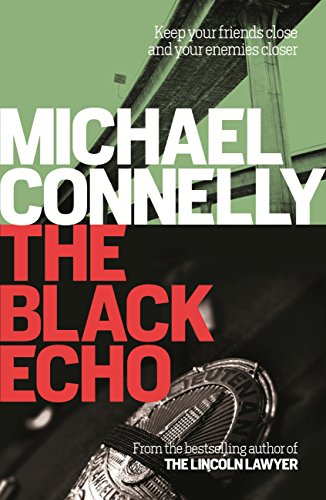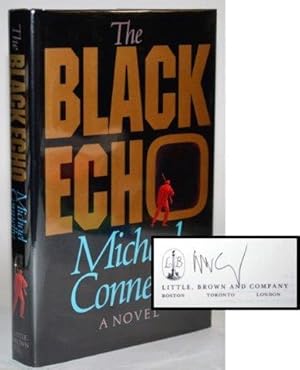

This keeps readers turning pages to find out what happens next, but it also risks getting boring at parts. Connelly leads readers through Ballard’s investigation as it unfolds, explaining specific techniques detectives use to collar criminals. The Dark Hours is best characterized as a police procedural. By the end of the novel, it’s an open question whether Ballard will stay true to an LAPD that doesn’t show good faith toward her. That danger is paired with hostility Ballard endures from colleagues who have it out for her for one reason or another. This frustrates Ballard to know end, who-like Bosch-believes that justice must be done for victims.Īdditionally, the closer Ballard gets to the perpetrators, the more she puts herself in personal danger from them. A recurring theme throughout the book is that cops are burned out and unwilling to do anything more than the barest of reactive policing.

Looming over these investigations is the growing distrust of cops because of the George Floyd murder and the social unrest it spawned, as well as the anxiety produced by nearly a year of the COVID pandemic. But Ballard is also out on patrol because the Midnight Men tend to commit crimes at midnight on holidays. That ballistic tradition is what provides cover for Raffa’s murder. As per usual for the date, the LAPD is out in force looking for drunk drivers and worried about people shooting guns in the air to celebrate New Year. The plot begins in the waning hours of December 31, 2020. The first crime involves a series of rapes by two males dubbed “The Midnight Men.” The second involves the murder of Javier Raffa, a former gang member who went straight as a car mechanic. In it, Ballard investigates two crimes with the help of Harry Bosch, former LAPD homicide detective, now private investigator. The Dark Hours is Michael Connelly’s 36 th novel, the fourth featuring LAPD late-shift detective, Renée Ballard.


 0 kommentar(er)
0 kommentar(er)
